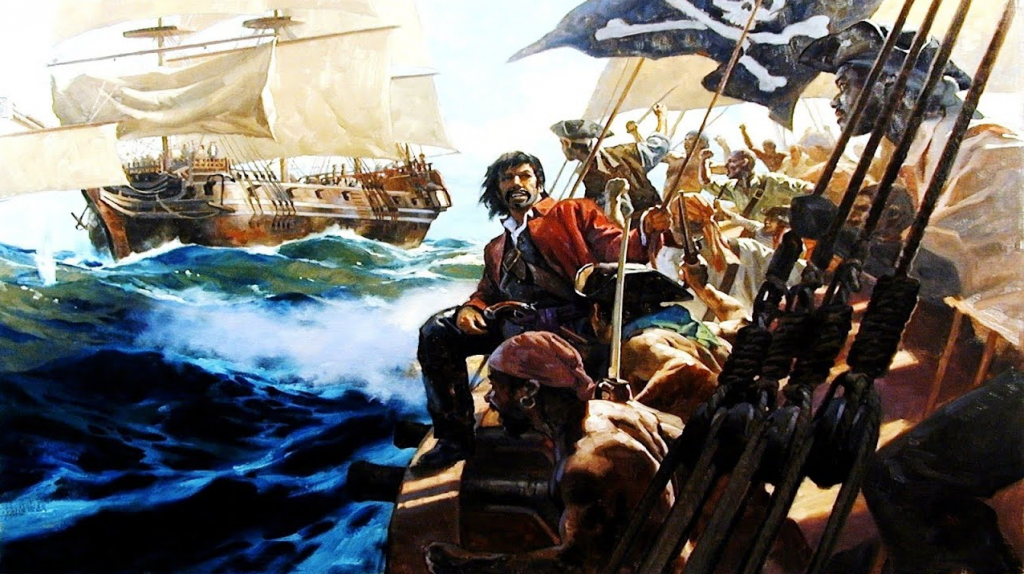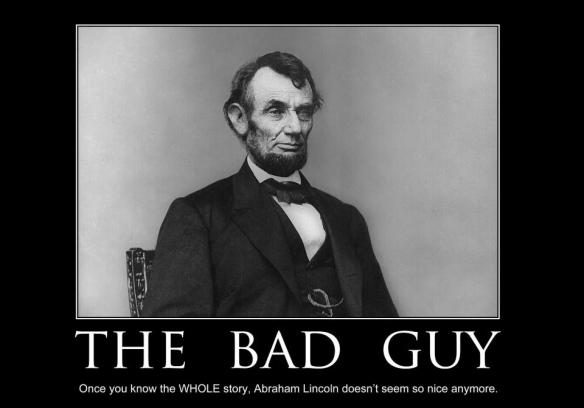Gregory F. Michno – Lakota Noon (Missoula: Mountain Press. 1997).
Part of a series of history books that belong in every American’s library. Recommendations welcome.
Gregory F. Michno is tired of politicized historians drawing morality tales before getting their facts straight, and if there has ever been a battle where the facts are as crooked as the coulies in which they occurred, it is Custer’s defeat at the Battle of Little Bighorn. But why are the facts themselves crooked? This was not the most complicated battle ever, consisting of a handful of charges by a few hundred men. It was not even the longest battle of Custer’s career: it lasted merely an afternoon.
The facts themselves are crooked because in the area where they are most important to us there were no survivors from one side, while the other side seems to have difficulty getting its story straight. In Lakota Noon, Michno attempts to take the facts we have, the recollections from the Indians who won, and organize them onto a timeline that will allow us to follow the battle from the opening of Reno’s charge to the final, fatal overrun of Custer’s five companies.
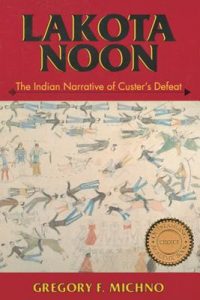
The way he attempts to reconstruct the battle is intriguing. The book is subtitled The Indian narrative of Custer’s Defeat, yet that is misleading, as there is no single such narrative. What exists are hundreds of individual narratives, little snippets of perspective and action, which Michno hangs on a timeline of three hours, each divided into six equal segments. Through organizing the memories of dozens of Indians as they occurred in each 10-minute period, he seeks to reconstruct the movements and the reactions of the Indians, and from that, the movements and actions of Custer’s men that caused them.
However, this process has proven notoriously difficult, if only because the Indians simply did not view time and chronology in Western terms. The mixing of the two in their accounts has proven so frustrating that any number of Little Bighorn narrators have eventually thrown up their hands and thrown out the best available evidence, that of the surviving actors themselves. It also immediately brings up the problem of begging the historical question: if an historian is placing these ‘segments’ of Indian testimony on a timeline himself, how can he at the same time rely on them to build a chronology?
“The Indian accounts do interlock,” Michno assures us, and he does a pretty decent job at illustrating how they do, while managing to avoid the obvious traps inherent in such circular argumentation. He then wraps up each section with something of a review in which he addresses the inevitable contradictions.
One downside is that the segments are not given in the Indians’ own words, but in summary form, and usually in summaries of the summaries of other writers, or based on their rather sparse notes. For example, one such note from page 105, “SB [goes?] from Reno field to W[est] of Chey[ennes], looking N[orth], on flat W[est] of camp, at 8 [see fig. 5]. No one climbed hill (Bench)” obviously leaves plenty of room for interpretation. And while this approach has the advantage of making the Indians’ testimony less redundant and more relevant, it has the obvious disadvantage of imposing the author’s own presumptions on the very testimony upon which he is relying to tell his story, a tactic of which Michno accuses many of the (white) sources upon which he is drawing.
Michno, however, is very careful in his correlation and his abundant maps not only to cross reference the sources (if A says he was with B and C, what do B and C say?), and this approach isolates the many good sources from the few very misleading ones. For example, it becomes obvious early on that one such source, White Cow Bull, as recorded by David H. Miller, simply does not fit into many of the episodes White Cow Bull claims. After several occurrences where the actions of White Cow Bull are impossible (e.g. seeing a specific man in a crowd from a mile and a half away) or where they are contradicted by others, Michno laments that perhaps Miller, “let his desire for good literary copy take precedence over actual events” (p. 124).
The results, however, bring two desireable issues to the fire: Michno is able to prioritize witness based on their trustworthiness, and he is able to draw a very tight chronology: there are no unexplainable 90-minute delays on Custer’s part that allow the Indians to draw back from Reno’s position to meet Custer.
In order to illustrate if not justify this systematic approach, Michno immediately begins by asking a series of very simple, very straightforward questions that historians have tripped over for a century and a half: How big was the Indian village Custer attacked? What were its dimensions? How long was it from tip to tail? How broad? How many lodges did it contain and how many people? Of those, how many could be counted as warriors? In short, what manner of foe did Custer face?
Historians have generally estimated large if not gargantuan and even impossible numbers, not only for the purpose (Michno argues) of showing that Custer was crazy to attack, but for showing that his defeat was somehow made more noble by the long odds he faced. Whether Custer was hero or goat, a gallant Roland or a selfish glory seeker, his story has always been made better by proposing a larger number of foes. But historians have not simply cut huge numbers out of whole cloth. The Indians themselves estimated the village at anywhere between one and six miles in length. While Indians are perhaps to be forgiven for not understanding bizarre the American system for measuring distance, Michno shows that whites’ estimates are not much different: they concluded that is was as much as six miles long as well, giving historians ample wiggle room for their estimates.
Michno approaches the question from a different angle: first he locates – based on the Indian’s own descriptions – where each tribe placed itself in relation to still-existent landmarks like bends or fords in the river. He then estimates a likely density of lodges and therefore inhabitants of those lodges. From that, Michno estimates the number of potential warriors Custer would have faced. It’s not a foolproof approach by any means, but it is reasonable, as it relies on the Indians’ strengths (description of relative objects) rather than their weaknesses (estimation of distances). It also yields a far smaller number of opponents facing Custer than most previous historians have presumed, though enough that Custer could still reasonably tell Benteen he saw a “big village” from his original reconnoiter.
Using this approach, Michno offers two primary conclusions. The first is that while Custer did not know exactly how many Indians he faced, he could make the reasonable guess that the number (2000 at most, and likely half that) was manageable, given certain assumptions about how those Indians would react to a surprise cavalry charge. The second conclusion was that Custer lost a fair fight: it was the fact that the Indians did not react as Custer suspected – panic and flee – that caused his downfall, not that he was an insane glory hunter making a charge that he could not under any circumstances expect to prevail.
Through each 10-minute battle segment, Michno traces the movements and actions those Indians who are most illustrative of that period. There is Reno’s original charge, intended to set up the “anvil” for Custer’s hammer. He concludes that the line of troopers was far too short to serve its intended purpose when the Indians decided to attack rather than flee. Once Custer is seen moving to the north seeking an easy entrance to the village, Michno shifts to other Indians – either on the ridge or in the village itself – and relays what they saw and did. In every case he is very careful to compare accounts, not only to each other but to the geography of the area. Where a witness claims to have seen something on the far side of a hill or miles away, Michno is careful to examine parallel accounts for evidence of “oral tradition” creeping in. This approach will be especially valuable once the final battle on Custer Hill turns hot.
Michno is also not afraid to take on traditional interpretations, though he is always careful to explains the traditional account is faulty, what evidence it relied on, and how that evidence was misinterpreted or how it might be interpreted better. As he moves toward the final fight, he reaches a number of conclusions which fly in the face of traditional or more popular interpretations. There was no Crazy Horse sweep from the north at the head of thousands of soldiers – Crazy Horse simply could not have covered that much distance given where and when he was seen by other witnesses. Keogh’s Hill was not the best defended location; while there may have been more shells recovered there in modern times, the vast majority of Indians died around Custer’s position, the very place where “collectors” could be expected to change the shell count before archaeology was systematically applied. There really was a last stand, a few men running away notwithstanding. The Indians thought they were fighting Crook and did not know it was Custer until months later. The Indians were utterly surprised by Reno’s approach from the south. Each conclusion is well-supported by the evidence presented, though the aforementioned weaknesses in Michno’s approach might perhaps lead to a less confident tone than he sports.
Finally Michno returns to the idea of “political” historians, excoriating both the “Died with Their Boots On” Custerphiles and the “Bury My Heart at Wounded Knee” revisionists. In one sense, Michno is perfectly correct in his approach: an historian ought to be first and foremost concerned with what happened, and he has proposed a masterful interpretation of exactly that. In a second sense, however, this seemingly obvious view is myopic, for if an attack on the village itself was a matter of right or wrong, good or evil, to what extent can the specifics which occurred within that attack change the moral landscape? Surely, random acts of mercy or cruelty can change our opinions of the actors who perform them, but they cannot change whether the overriding commands or policies are morally correct. When overriding moral arguments are the purpose those some of Michno’s targets are pursuing, the specifics of Custer’s defeat are irrelevant.
Michno’s conclusion that Custer did everything right but lost a fair fight anyway is surely accurate; Custer thought he knew what he was getting into and went into Little Bighorn, and he entered with both a workable plan and his eyes open. It was a gamble, but battle always was. However, in this case what had worked before failed miserably here because the Indians themselves reacted differently than Custer expected – when cornered close to her den, this particular bear fought back. Michno is also probably correct that Custer did not realize his mistake until it was to late to correct.
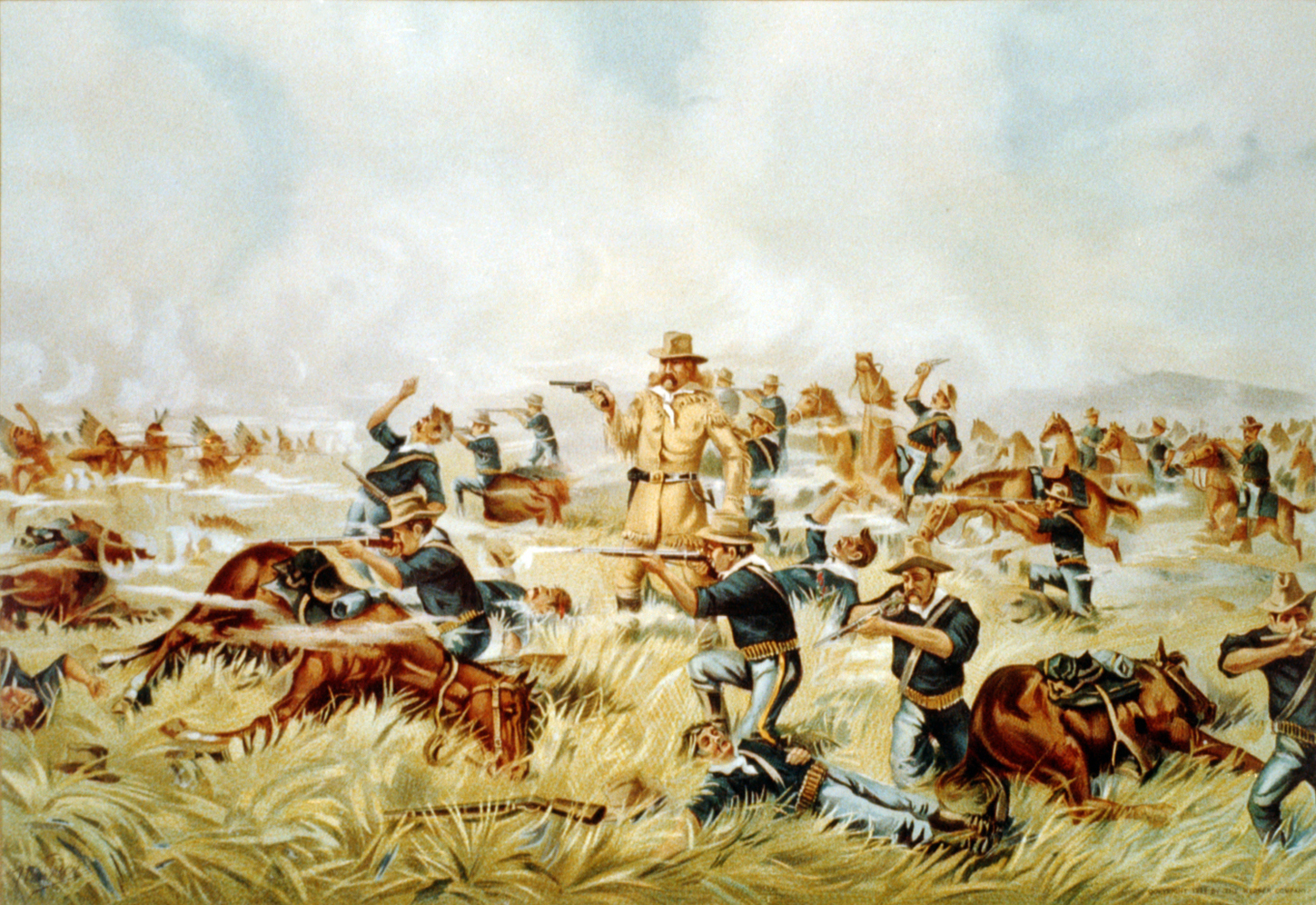
Lakota Noon: a Review
Latest from History
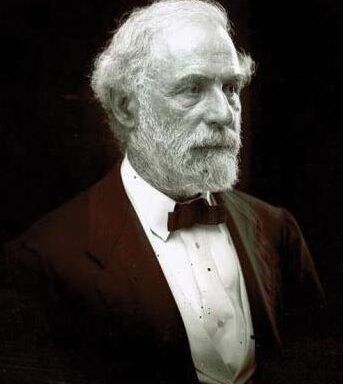
A Memory of Robert E. Lee
"Everyone obeyed him, not because they feared but because they loved him."
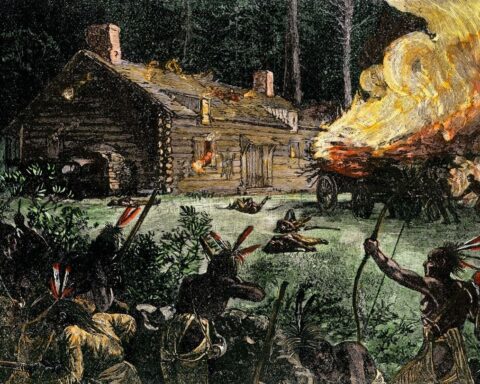
King Philip’s War
In 1675, the number of Indians in New England was roughly computed at fifty thousand souls. They had been supplied with arms by unprincipled traders, which they had learned to use with
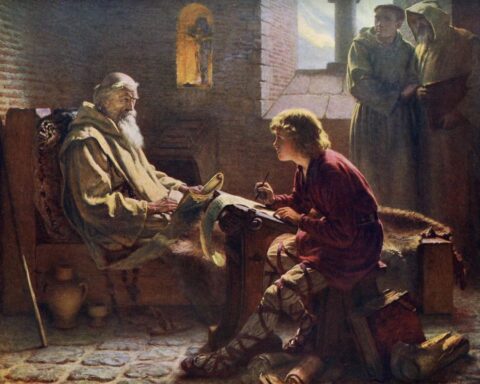
The Venerable Bede
"Arising from the gloom of a dark age, he is still considered one of the most illustrious of the learned men of England."
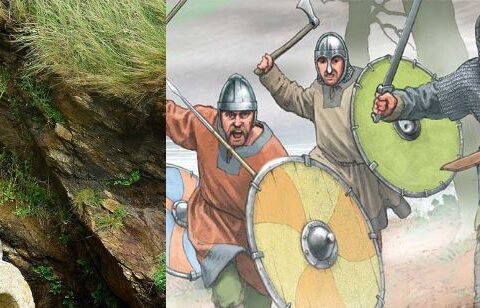
Gildas
The underrated chronicler who paints "fully and vividly the thought and feeling of Britain in the fifty years of peace which preceded her final overthrow."
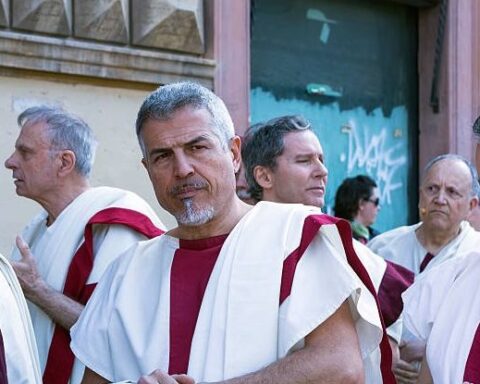
A Day With a Roman Gentleman
It is a little surprising, considering how accurate is our knowledge of the poetry, philosophy, and art, the wars, religion, and political institutions of the ancients, that we have so vague a


